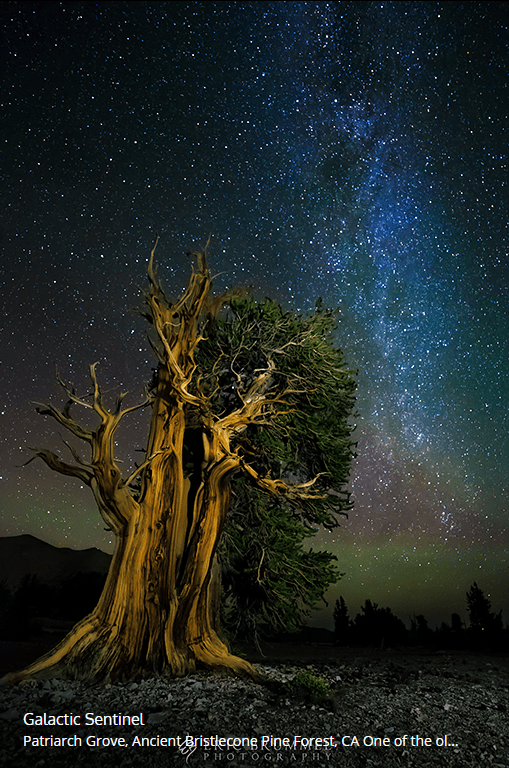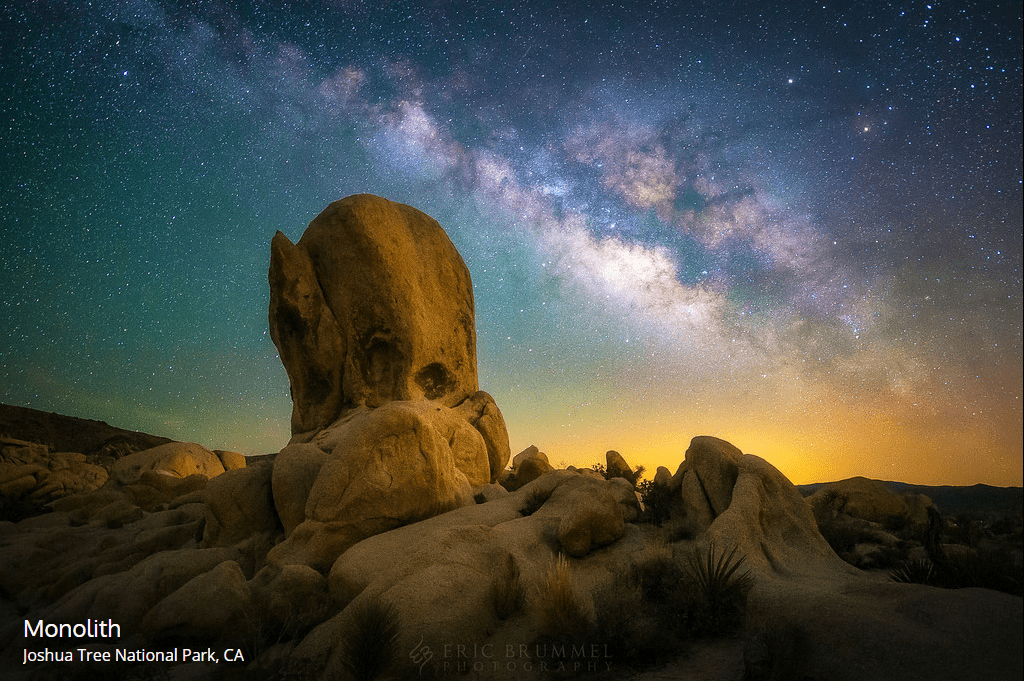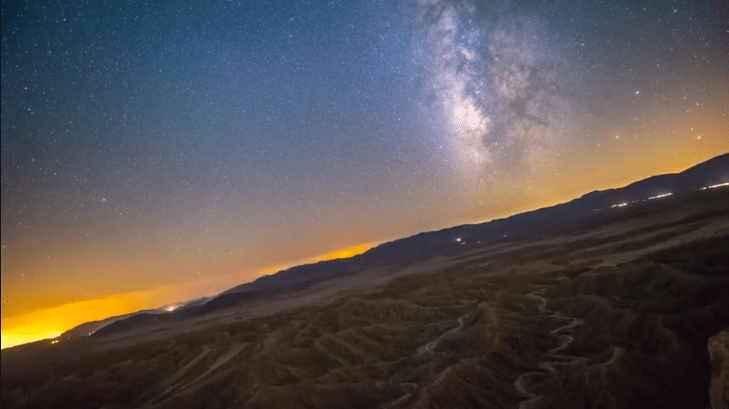Photographer Eric Brummel has created a stunning time-lapse of the Milky Way. Time-lapses of the Milky Way are not rare, but Eric has turned convention on its head. Instead of the Milky Way moving across the night sky, it’s the Earth that’s in motion.
Eric created this time-lapse by using a star-tracker with his camera. A star-tracker rotates the camera at the same speed as the Earth, but in the opposite direction. It has the visual effect of stabilizing the sky. Usually, star-trackers are used to stabilize the camera during a long exposure, to avoid blurry or streaked stars in the image. But they can also be used in time-lapses.
The resulting time-lapse drives home the point that we are on the surface of a rotating planet moving through space inside a massive galaxy. The fact that there are aircraft streaks and automobile streaks moving through the image makes it both impressive and sort of mundane at the same time.
“… airplanes and cars can add an interesting moving element to your footage.”
Eric Brummel, Photographer.
In an email exchange with Universe Today, Eric said, “Normally, airplane light trails are a bane of Milky Way photography, but in time-lapses, airplanes and cars can add an interesting moving element to your footage. It also creates an interesting juxtaposition to see people going about their daily lives, blissfully unconcerned about the fact that they live on a ginormous spinning rock flying through space.”
As one Instagram commenter named boatymcboatfaceplant said, “I know it works like this but for some reason it freaks me out to see it visualized.” Can’t disagree with that.

Eric captured this time-lapse image at Font’s Point in Anza-Borrego Desert State Park in California. He chose it for its dark skies, which is a definite prerequisite for this type of photography. He also chose it because it provides a great foreground for the Milky Way.
Eric also told Universe Today that the orientation of the Milky Way makes it a great subject. “The fact that the Milky Way is visible in the southern sky (from the Northern Hemisphere) also makes it the perfect subject for this kind of time-lapse. The visualization of the Earth’s rotation is strongest when you point your camera north or south.”
Font’s Point also ticked another of Eric’s boxes for a compelling image. It’s a high vantage point, which draws the viewer in. “The more you can see off into the distance, the better the visualization of the Earth’s rotation will be sold to the viewer,” Eric said.

Eric told Universe Today that he got the idea for this rotating Earth time-lapse from a Reddit post. But the creator of that post took a clip of a typical time-lapse of the Milky Way and stabilized the sky in post-production, which isn’t as convincing.
As far as gear goes, this is what Eric used:
- Sony A7S (Mark1)
- Nikon 14-24mm f2.8 lens (with adapter)
- Vixen Polarie Star Tracker
- Neewer Intervalometer
You can see Eric’s work at his website, https://www.ericbrummel.com/. His astrophotography gallery is here:
You can also follow Eric’s Instagram feed.

